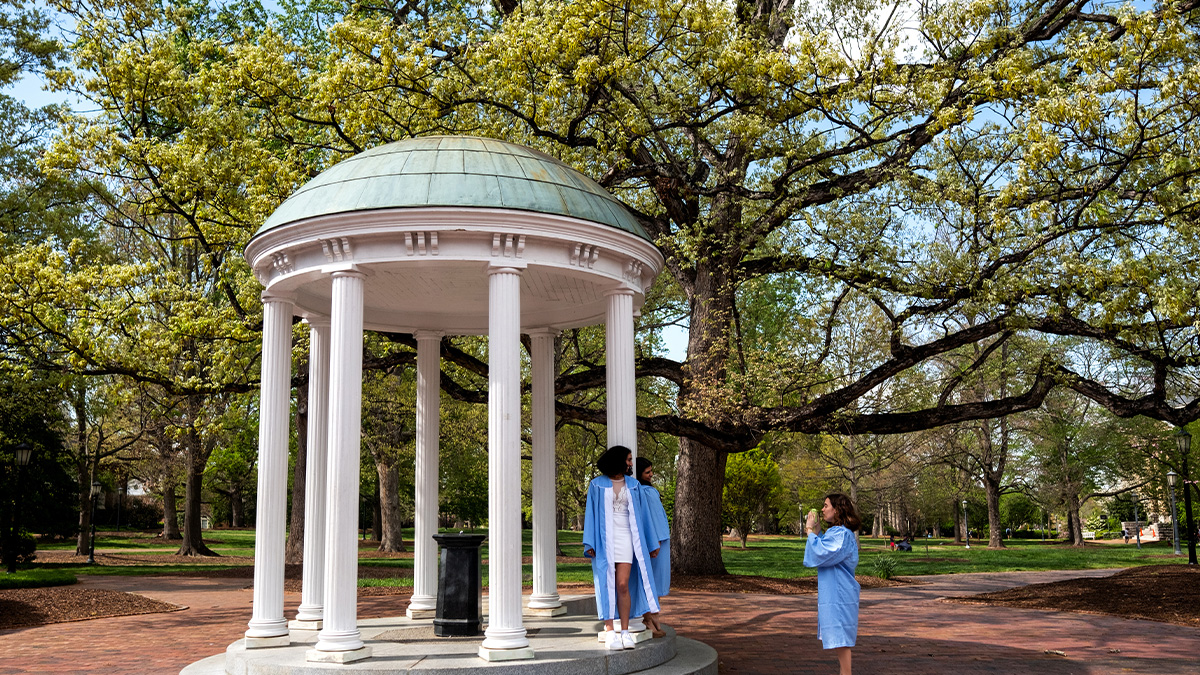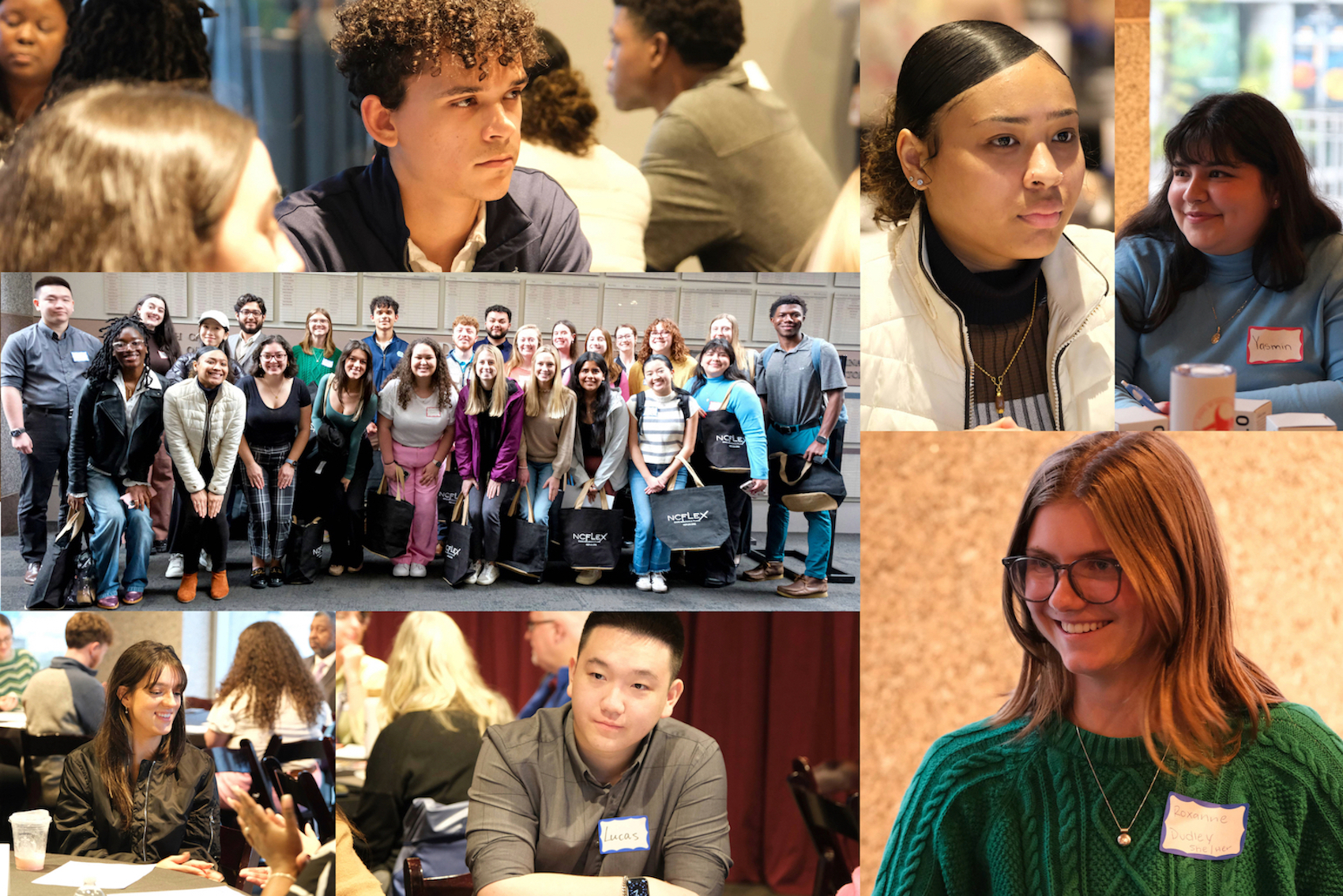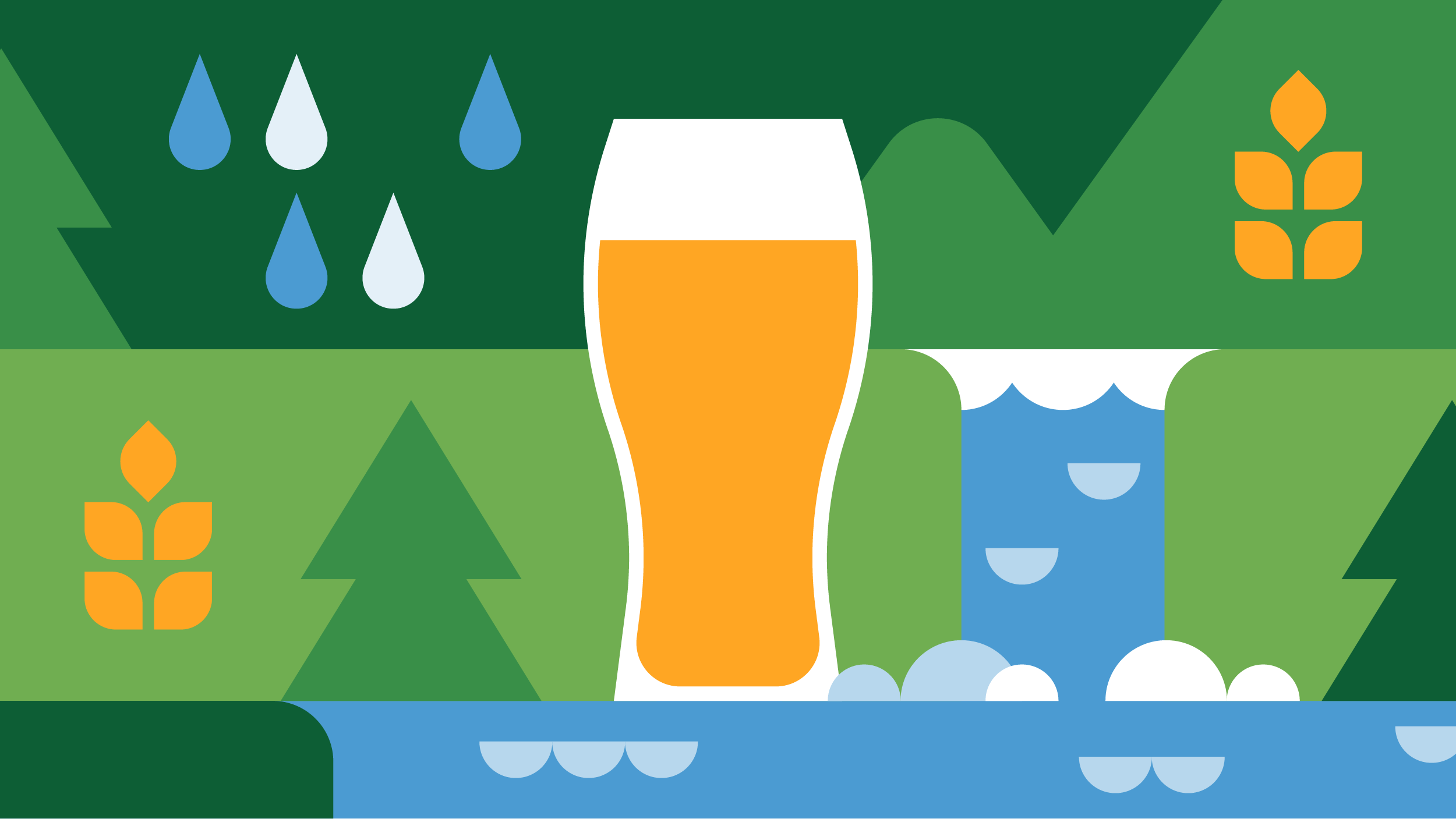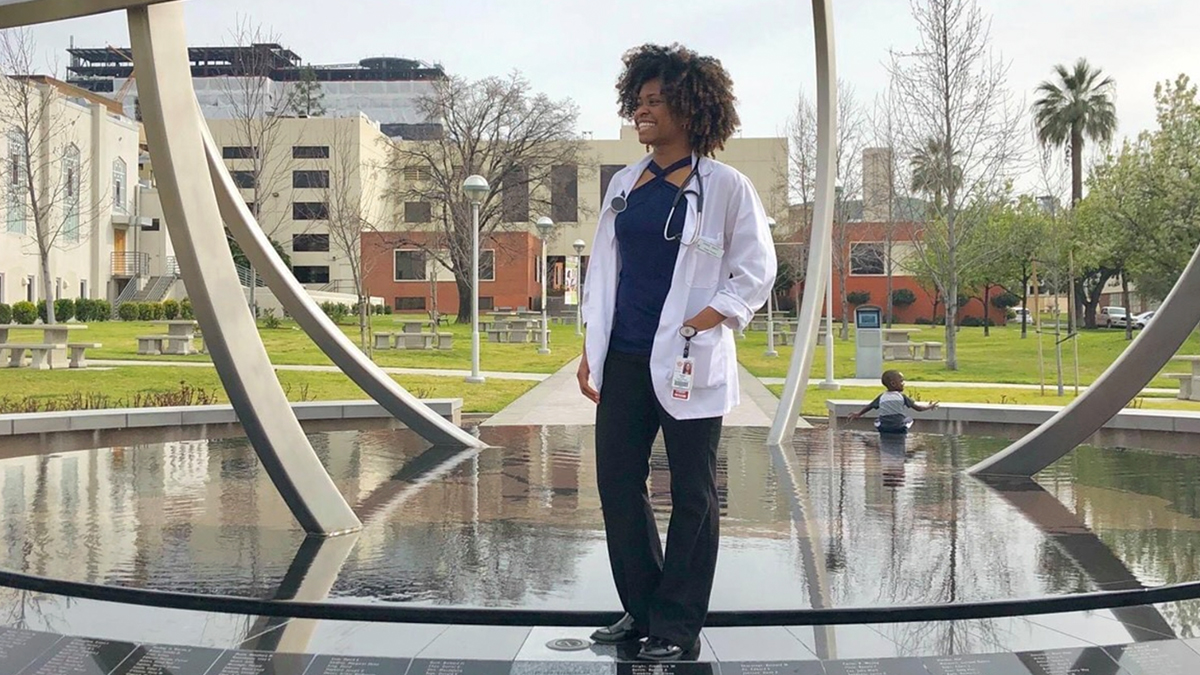The Scientist and the Fisherman
The partnership has fostered greater respect and understanding between the scientific and fishing communities over the past few years.
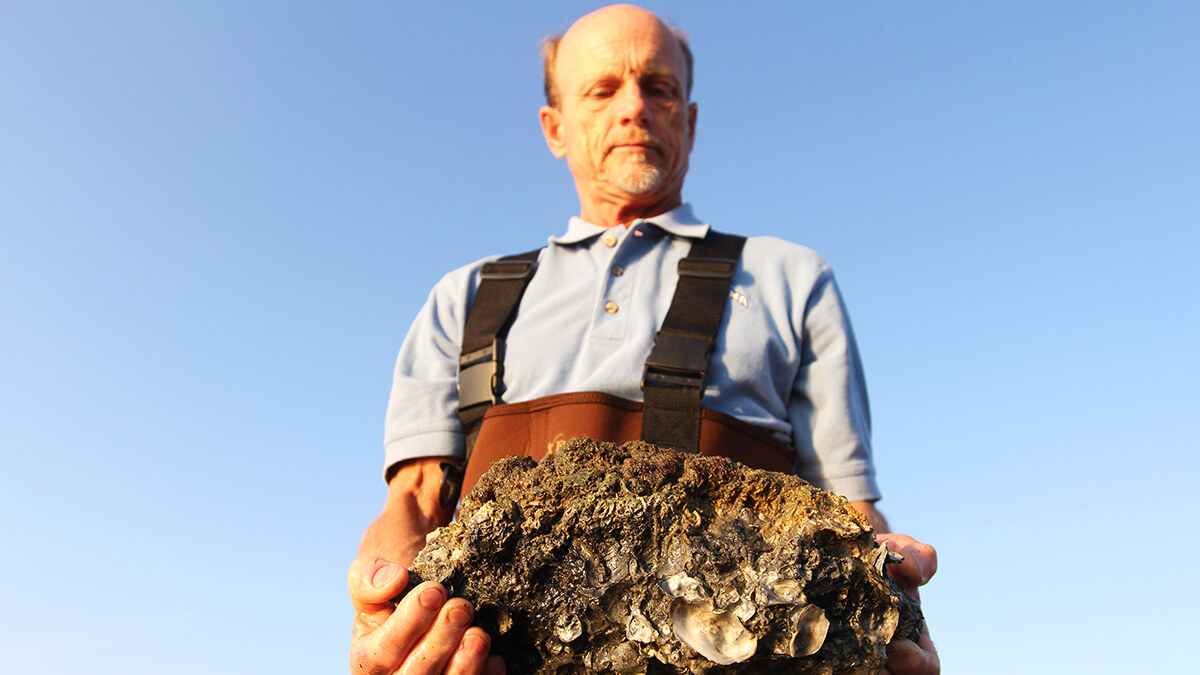
Crouched down in six inches of mud at dead low tide, a fisherman and a scientist start their work day. With the sun still rising over the Atlantic Beach Bridge, the marsh is serene and silent—except for the occasional crack of an oyster shell.
“Niels! Look at this one! What a beauty!”
With the excitement of a child on Christmas morning, a 57-year-old Carteret County fisherman holds up a large oyster. His name is David Cessna, but everyone calls him Clammerhead. He stares at the oyster, smiling.
“I’ve been struck by lightning three times,” he says casually, in a classic eastern North Carolina drawl. “I’ve been shot once, stabbed twice, had over a hundred broken bones, two strokes, three heart surgeries, and six other surgeries. I’ve got a stainless steel ankle, I’ve been married three times, I’ve got 13 kids, and you know what? This right here is the best adventure I’ve ever been on.”
This oyster growing adventure began where many adventures do—at the UNC Institute of Marine Sciences in Morehead City. But when Cessna first decided to approach researchers at IMS a few years back, he wasn’t sure how things would go. “Fishermen and scientists haven’t always seen eye-to-eye on this stuff,” he says.
When it comes to figuring out what’s best for the environment and the seafood industry in Morehead City, Cessna says scientists have traditionally taken on one side while fishermen take the other. “There was always a big gap in communication,” he says. “A lot of it had to do with fishermen not trusting scientists and scientists not understanding a lot of what the fishermen were doing. So they didn’t really have that much interest in what the fishermen were saying.”
But the UNC IMS scientists were all ears. “Niels Lindquist and Joel Fodrie were real receptive,” Cessna says. “And that helped open the doorway to realizing the scientists aren’t bad guys.”
Lindquist has a PhD from Scripps Institute of Oceanography in chemical ecology and spent most of his career working with coral reefs—knowledge that translates well for creating material to grow oyster reefs. Cessna, on the other hand, has been working on fishing boats since he was 6-years-old, and also has years of experience working in construction. It turns out that knowledge comes in handy for building oyster reefs too.
Their partnership has fostered greater respect and understanding between the scientific and fishing communities over the past few years, according to Cessna. “This work has opened up a line of communication that has spread to a lot of people on both sides,” Cessna says. “Commercial fishermen and scientists are now working together better than ever before in coming up with solutions to a lot of the problems we face.”
To keep reading, see http://endeavors.unc.edu/the_fisherman_and_the_scientist.

